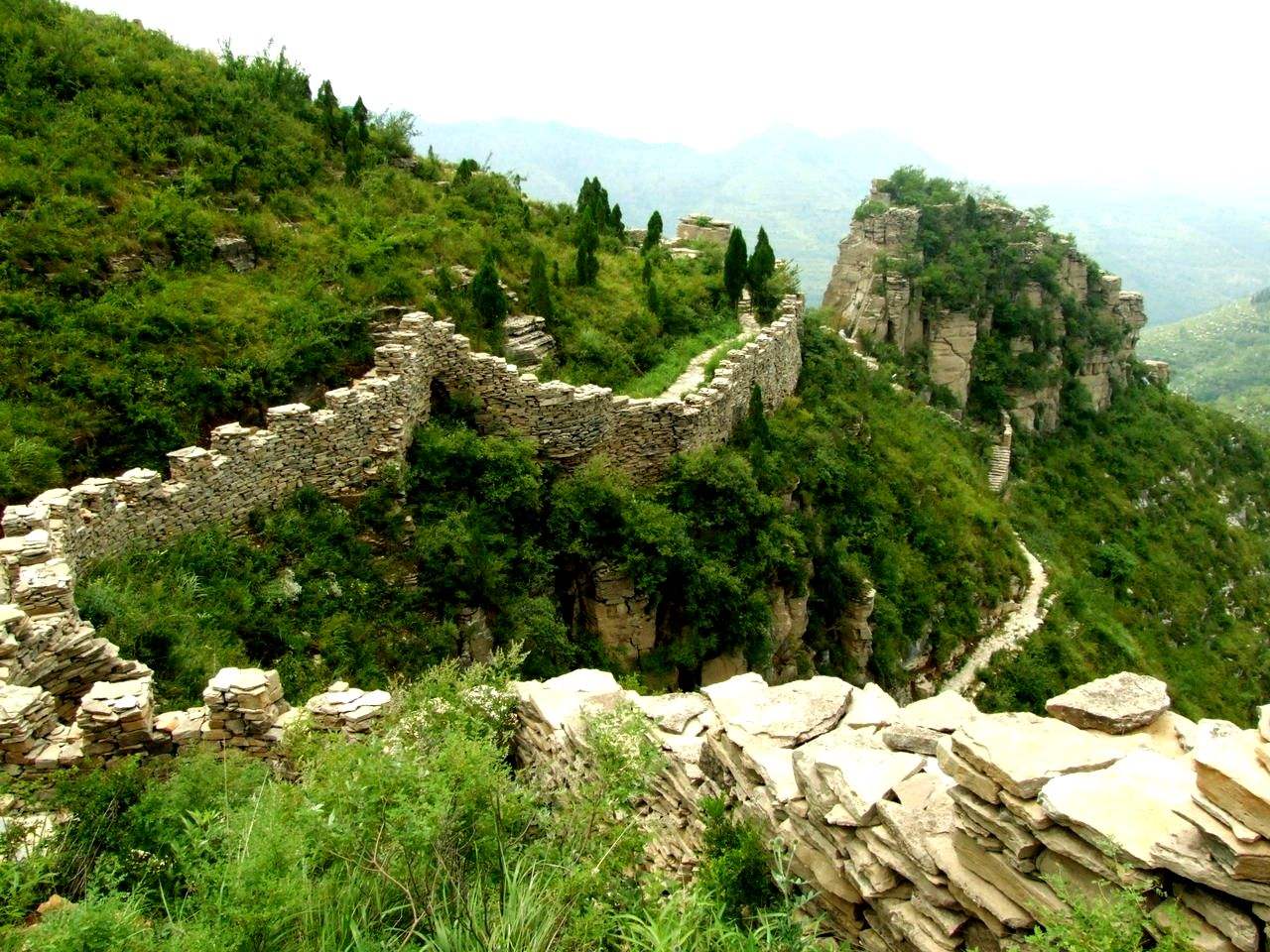Exploring the first Great Wall of China

The Great Wall of Qi was built to take advantage of natural geographic barriers and played military functions.
The Great Wall of Qi is the oldest section of the Great Wall and represents the beginning of the architectural history of this integrated defense system. Records of the Great Wall of Qi are scattered across numerous historical materials. They only vaguely mention the time and methods used in its construction, and there are limited materials on its functions. However, in the 1930s, scholars began to do field investigations. Combining their investigation results with historical data, they gradually uncovered the mystery of the Great Wall of Qi.
The Great Wall of Qi was built to take advantage of natural geographic barriers. The Spring and Autumn and the Warring States periods in Chinese history were historical periods characterized by numerous revolutions and social upheavals, yet they were also a period of great development. Based on the construction of existing passes, various states accelerated the construction of defenses like the Great Wall to station troops and resist enemies.
The state of Qi (1046–221 BCE) was home to one of the most developed economies and hub of commerce in pre-Qin times, said Zhang Huasong, vice-president of Jinan Academy of Social Sciences. However, the prosperity of Qi invited aggression from other states. Thus, the Great Wall of Qi was used for trade and business communication with other states, while simultaneously serving as a means of defense.
The Great Wall of Qi utilized natural geographical advantages, reflecting strategies used in the broader construction of the state of Qi. Some scholars estimated that the first section, namely the western section, of the Qi Great Wall was constructed in late Spring and Autumn periods. It was probably built through the construction of walls around and upon the levees of the ancient jishui river. “During the middle Warring States period, the State of Chu expanded north, becoming a threat to the southern border of Qi,” Zhang said. “Previous defensive tactics were inadequate for fighting against cavalry charges. The comprehensive defense strategy emerged at that time,” Zhang said. King Xuan of Qi began to construct the Great Wall over the mountains. From the sea in the east to Jishui River in the west, the Great Wall stretched more than one thousand li, a Chinese unit of distance, equivalent to about one-third of a mile (0.5 km).
The Great Wall of Qi also showed the importance attached to defense by military strategists at that time. “The key principle of Qi military strategists like Sun Tzu and Sun Bin was ‘to subdue the enemy without fighting.’ They stressed defense so they themselves would remain invincible,” Zhang said, adding that the Great Wall of Qi was just constructed under this military doctrine.
The Great Wall played an important role in the state’s comprehensive defense system. The Great Wall of Qi itself was a solid defensive structure integrating long walls, passes, forts, beacon towers and military strongholds. “It encircled the southeast, south, southwest sides of the state of Qi, forming constant battle lines.”
Zhang said that the Great Wall has the following military functions. First, in peacetime, it reduced defense expenses for the state. Second, in times of war, it slowed the spread of conflict to the hinterland, giving generals time to deploy the troops and organize defenses. Third, by staying behind the walls, the army of Qi could be rested and ready to launch counterattack against the fatigued enemy. Fourth, even if the defenses failed, the state had time to strengthen the defenses and clear the fields as well as have enough time to retreat and transfer resources where they were needed. At last, supported by the Great Wall, the army of Qi could build frontier strongholds and defensive lines and achieve active defense.
